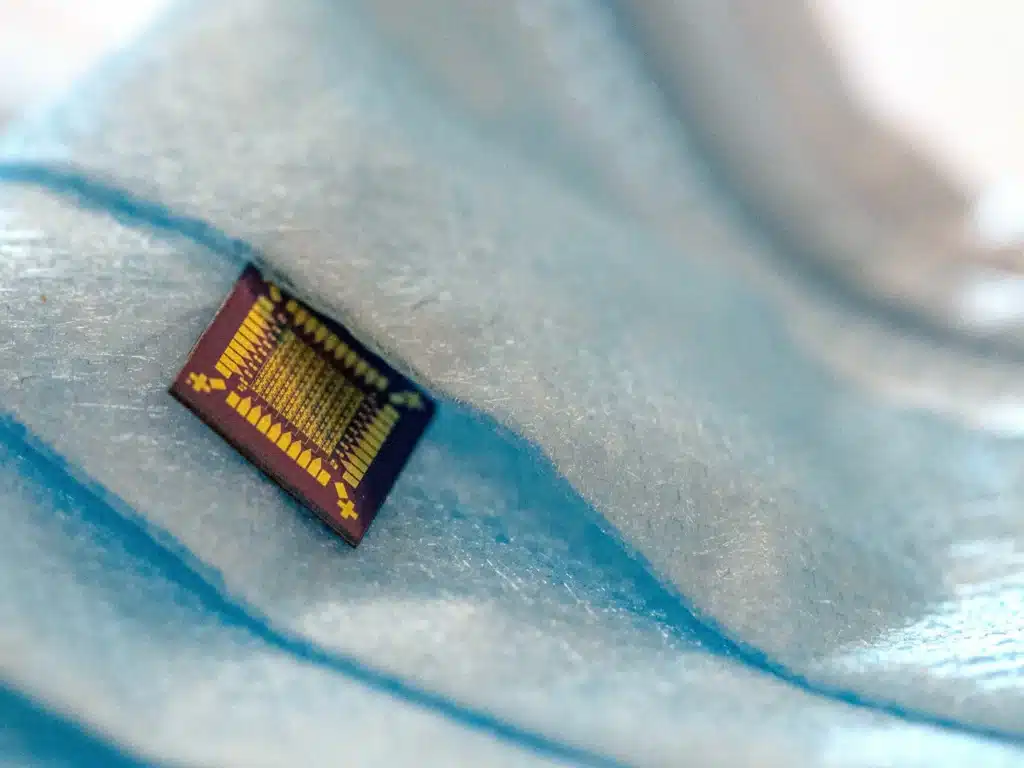Tufts University researchers’ integration of silk in transistors opens new possibilities in sensor technology with increased sensitivity and speed for various applications.

FIO OMENETTO/TUFTS UNIVERSITY
Usually, transistors are constructed from inorganic substances like minerals and metals. Yet, introducing organic materials into their composition can imbue them with enhanced functionalities, such as direct interaction with the environment or biological systems.
Researchers from Tufts University have discovered that weaving silk into transistors can create susceptible and ultra-fast sensors. This breakthrough could lead to many new applications for these hybrid devices.
The researchers created silk films ranging from 3 to 300 nanometers in thickness on chips, etching them with features up to a few microns wide and utilising the silk as an insulator within the transistor. Transistors, which function as switches to encode data in binary format, comprise metal electrical leads connected to a semiconductor material. Each transistor also includes a gate that acts as an electrical input, separated from the transistor’s body by this insulator. Upon reaching a specific threshold voltage, the gate induces an electric field across the insulator, prompting the semiconductor to allow an electric current to flow through these leads.
The nanoscale thickness of the silk films allowed them to respond to water molecules in the air, altering their electrical properties and, consequently, the transistor’s behaviour. This adaptation enables the hybrid transistors to act as compact, ultra-fast, and susceptible sensors for detecting humidity changes, such as those in breath. The researchers observed that a diverse range of hybrid electronics could be produced by further modifying the silk. For example, these devices could analyse breath molecules to identify certain cardiovascular and pulmonary diseases or sleep apnea. When applied to blood, they could assist in monitoring oxygen and sugar levels or detecting antibodies.
The researchers envision that in the future, hybrid transistors could pave the way for circuits that mimic the brain, capable of self-training, reacting to environmental stimuli, and recording memories, functioning similarly to the neural networks commonly employed in artificial intelligence systems.






